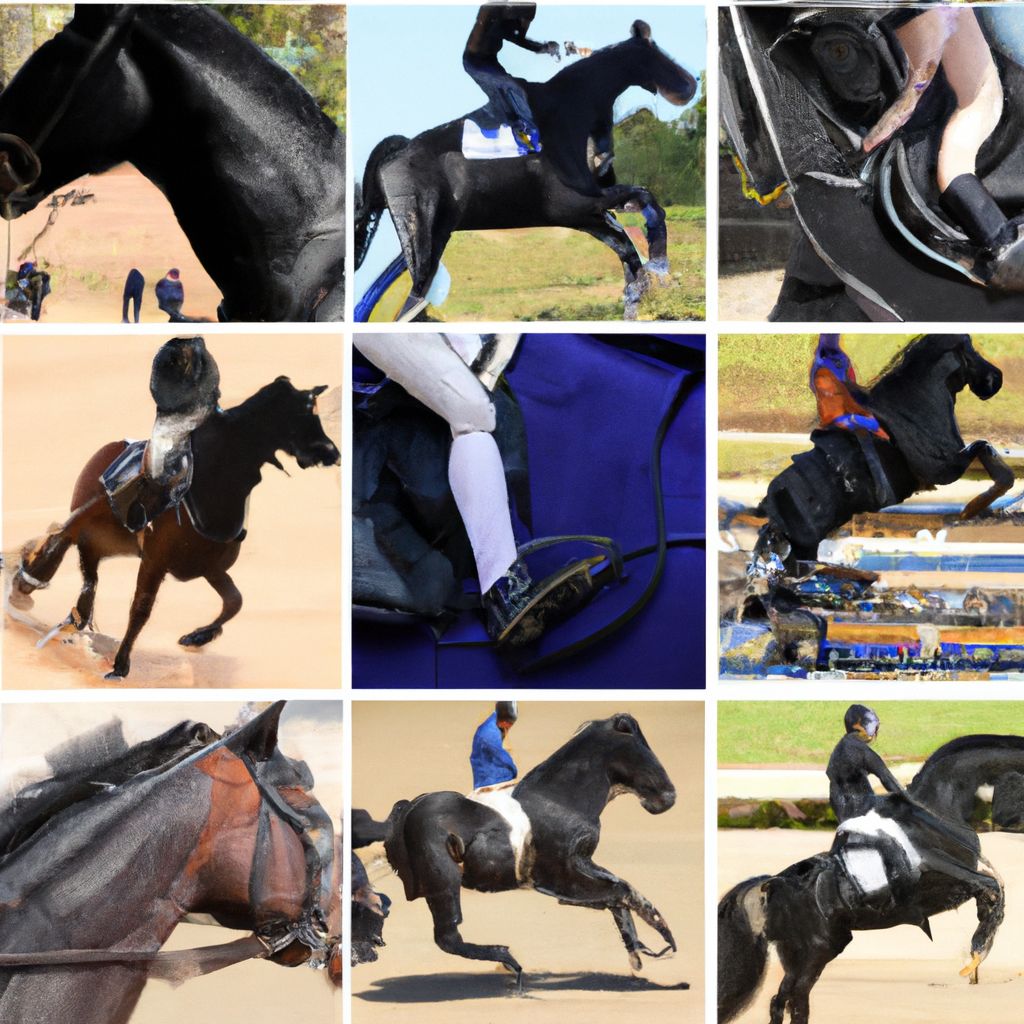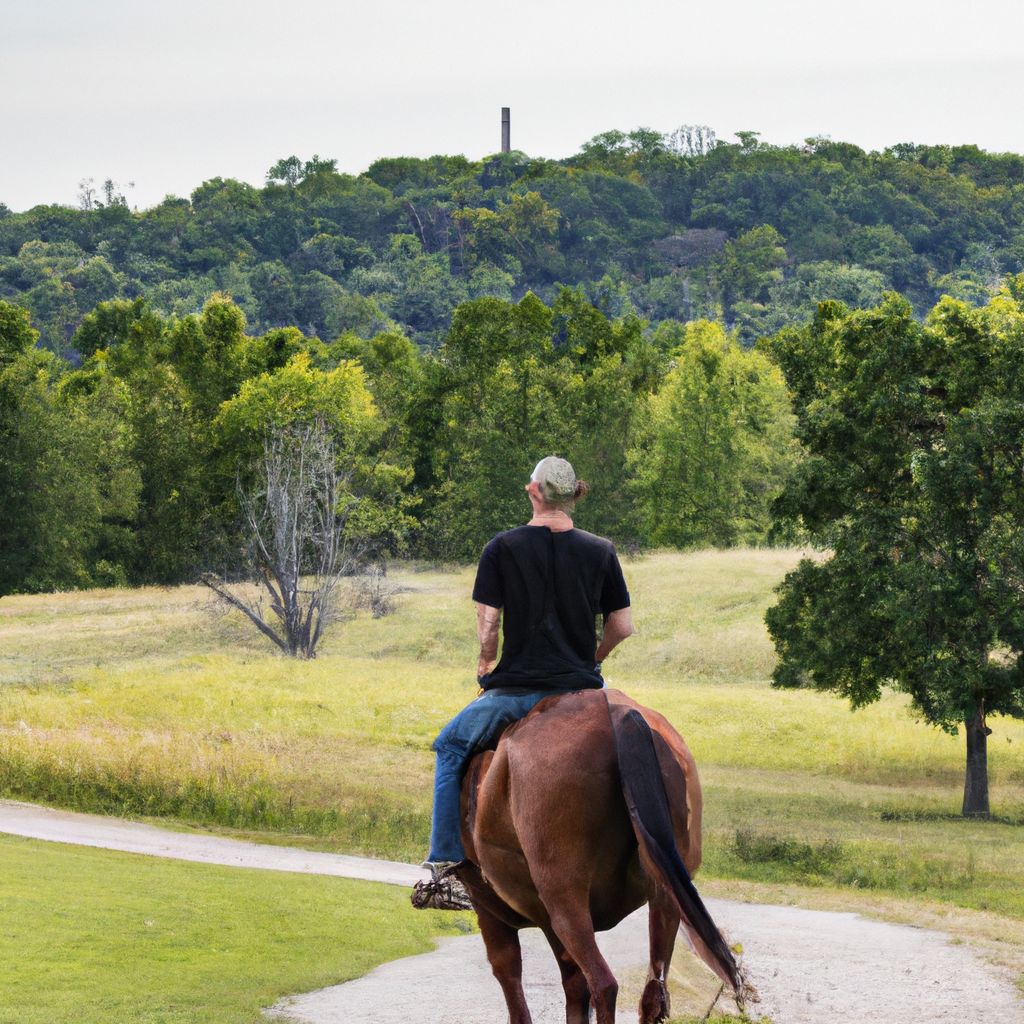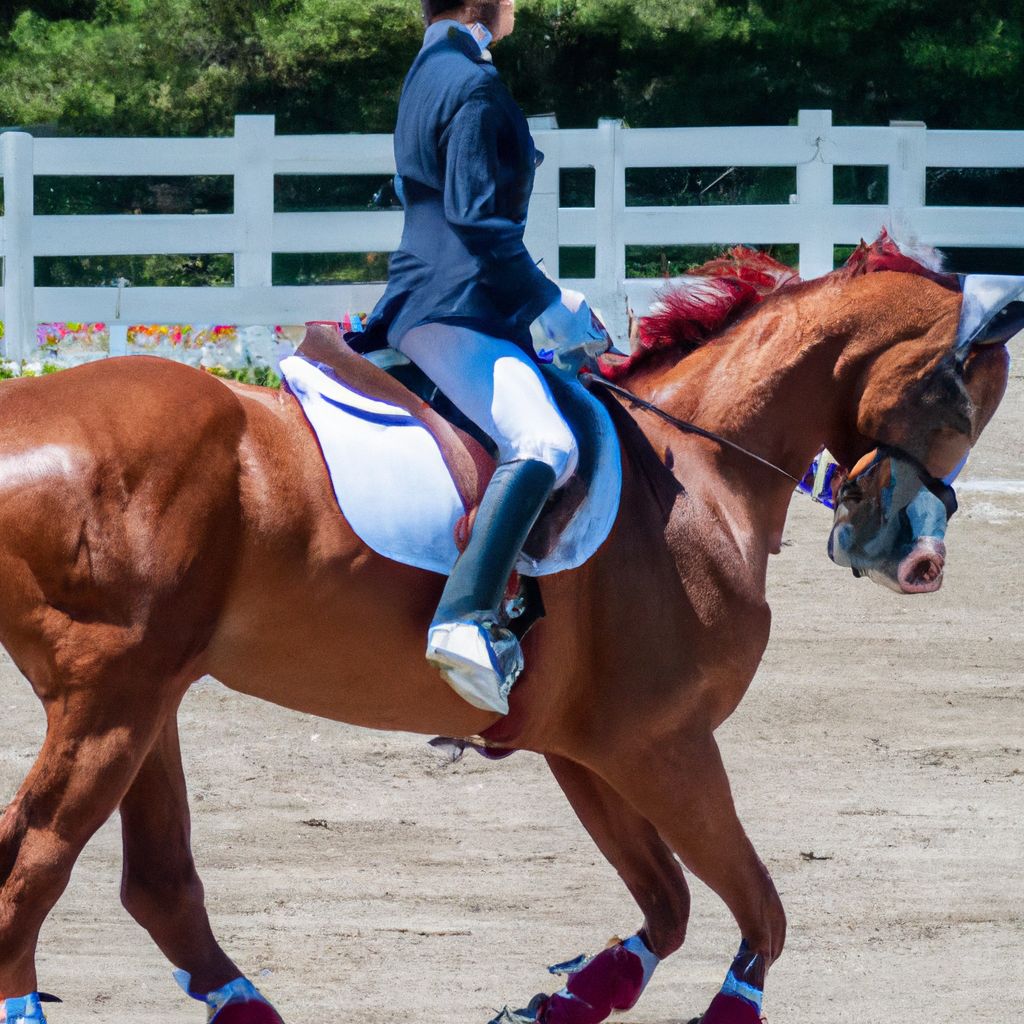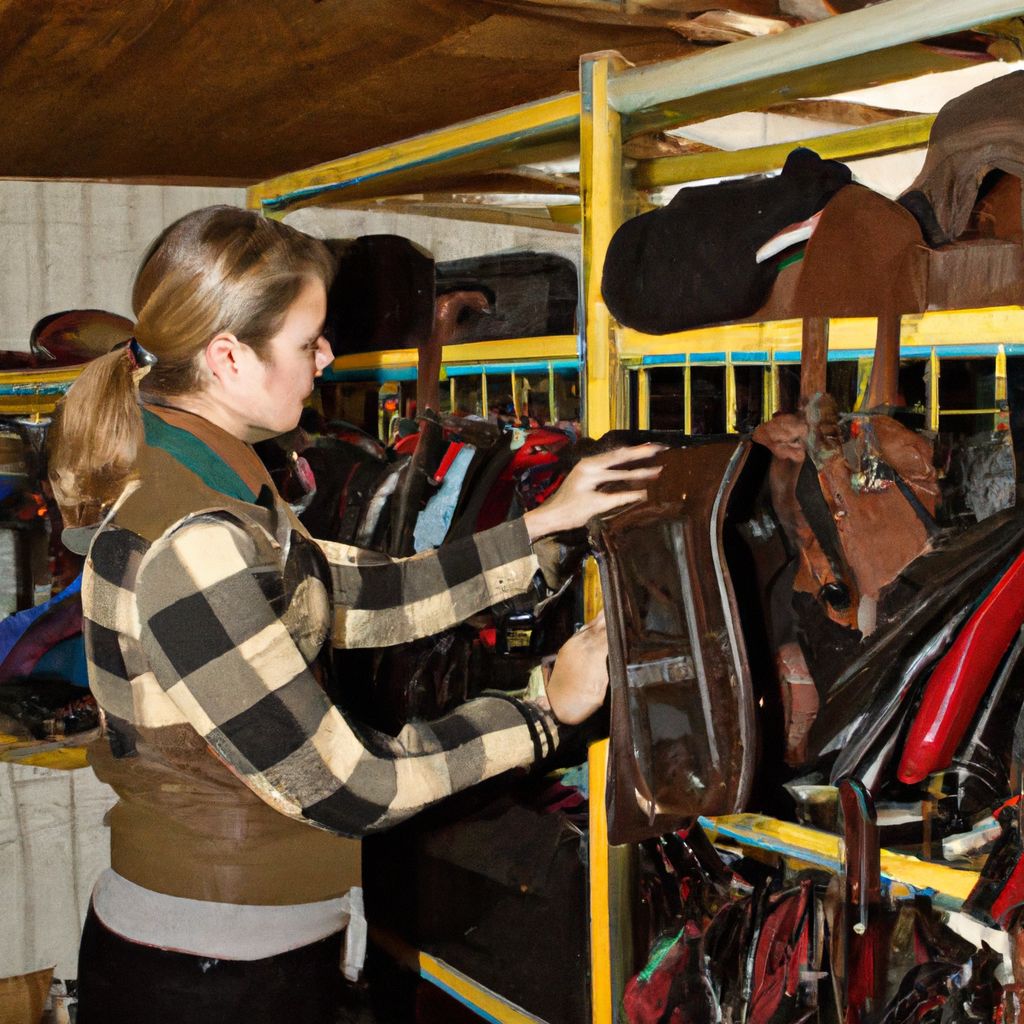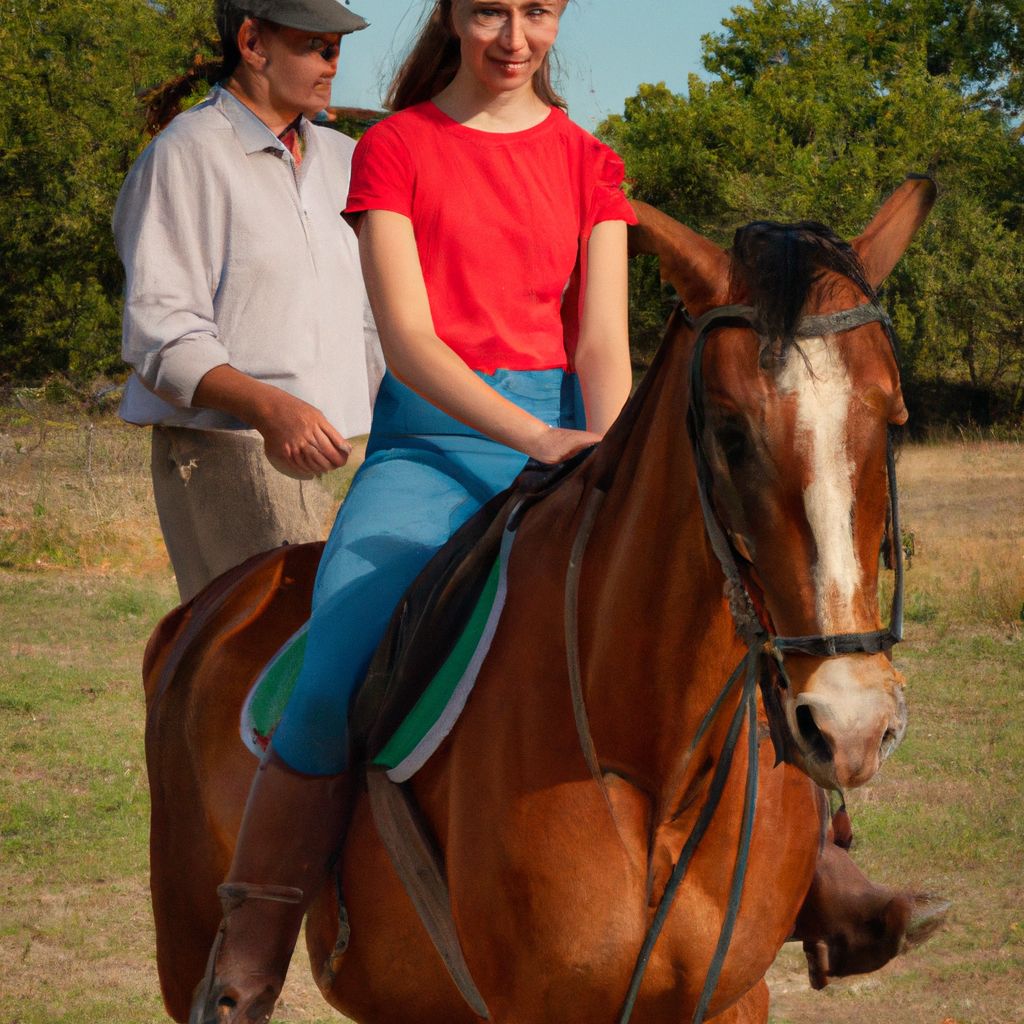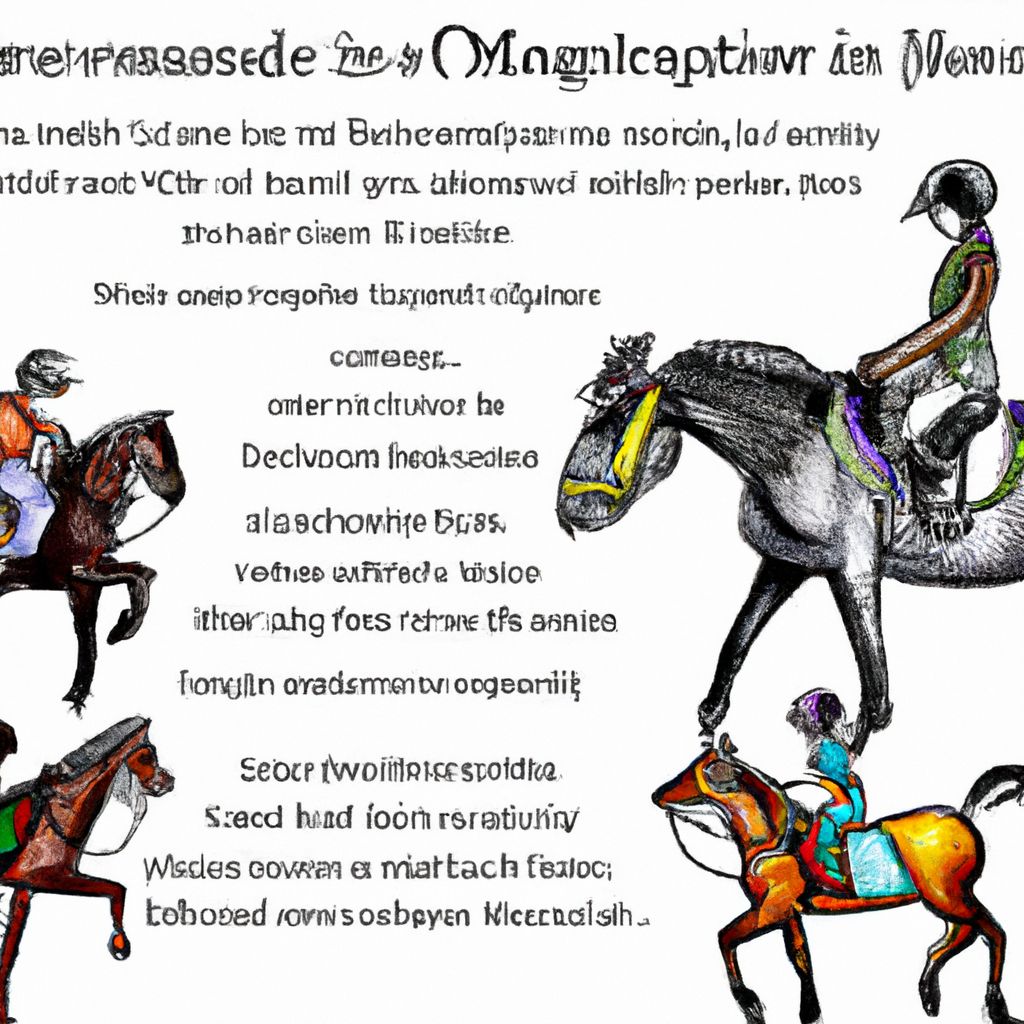- Introduction to Horse Riding Styles
- Western Riding Style
- English Riding Style
- Australian Riding Style
- Choosing the Right Style for You
- Safety Tips for Different Riding Styles
- Conclusion
Introduction to Horse Riding Styles
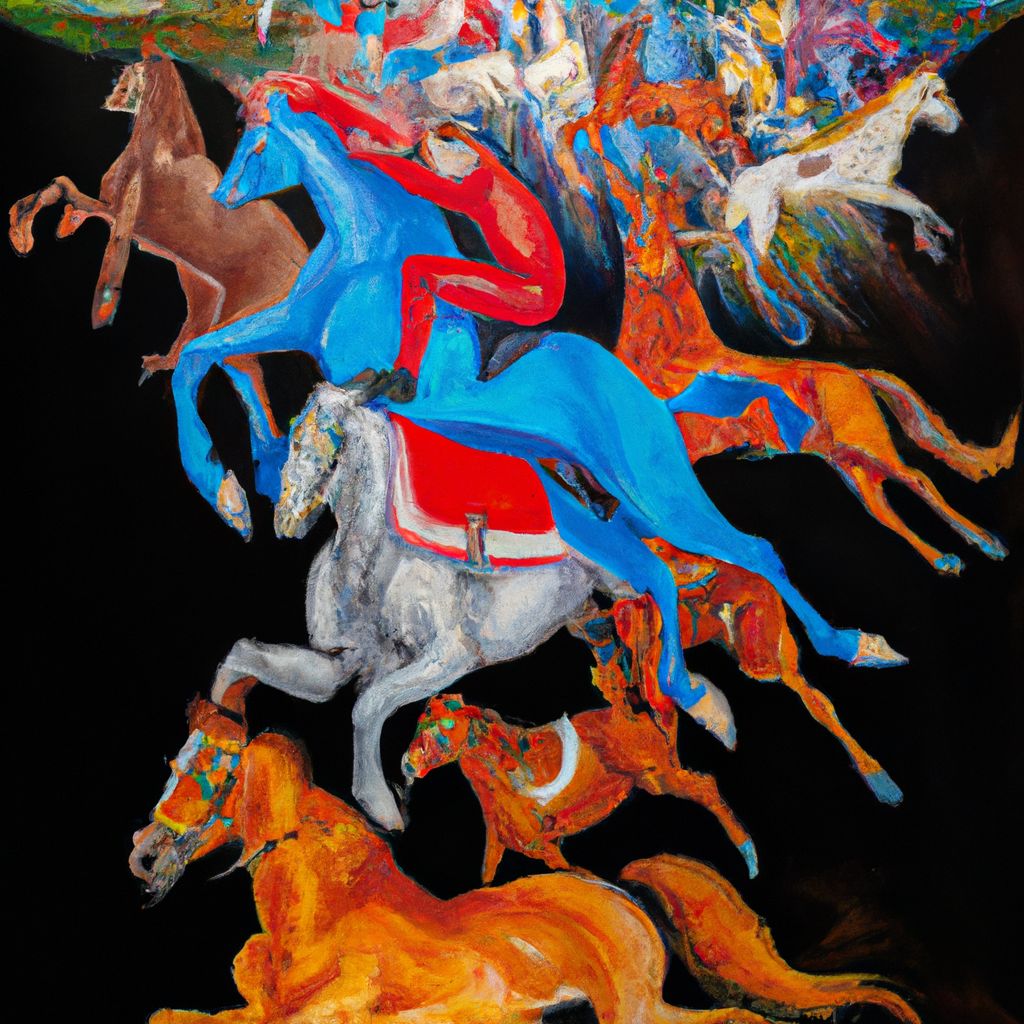
In the world of equestrianism, understanding and mastering different horse riding styles is a significant aspect. These styles not only define the manner in which a rider interacts with their horse, but they also determine the specific gear used, the rider's posture, and the type of activities the pair can engage in.
From the graceful movements of dressage to the adrenaline rush of show jumping, and the fundamental basics of western riding, the variety is as vast as it is fascinating. Understanding these styles is vital for horse riders, as it helps them cultivate a better relationship with their horses, improve their skills, and choose the right style that aligns with their interests and goals.
In this blog post, we will delve deep into the realm of horse riding styles. We will explore several popular horse riding styles, their histories, the unique equipment they require, and the specific skills riders need to excel in each style. Let's embark on this equestrian journey together.
Western Riding Style
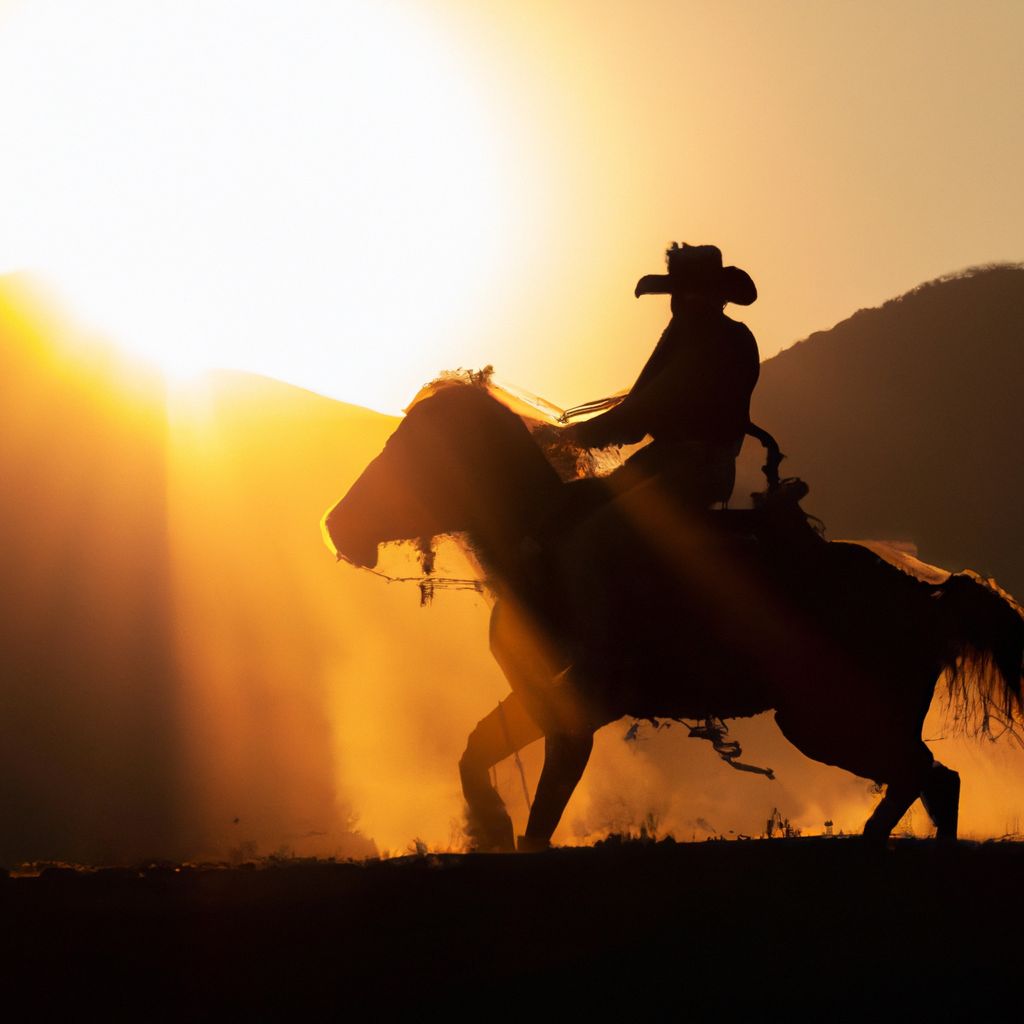
Western riding traces its roots back to the American West, where cowboys used this style for cattle work. It is a style that emphasizes utility, comfort, and control, distinguishing it from other horse riding styles known for their elegance and formality.
Western riding includes various sub-disciplines such as reining, cutting, team penning, and barrel racing. Each of these sub-disciplines requires different skills and tactics, but all share the fundamental principles of Western riding: the focus on horse-rider communication, the need for quick reflexes, and the emphasis on the horse's ability to perform practical tasks.
Western style horses are trained to move in a low, relaxed manner, and the riders use a distinctive style of saddle, known as the western saddle, which is designed for comfort during long hours of riding.
The equipment used in Western riding is markedly different from other styles. The most notable is the western saddle, which is larger and heavier than English saddles. It has a horn at the front, deep seat, wide fenders, and high cantle, designed to provide comfort and security during long hours of riding and working.
Other equipment includes the bridle, which lacks a noseband unlike in English styles, and the traditional cowboy hat, boots, and chaps. Understanding and mastering the use of this equipment, along with developing a strong sense of balance, quick reflexes, and a good understanding of horse behavior, are crucial to excelling in Western riding.
English Riding Style
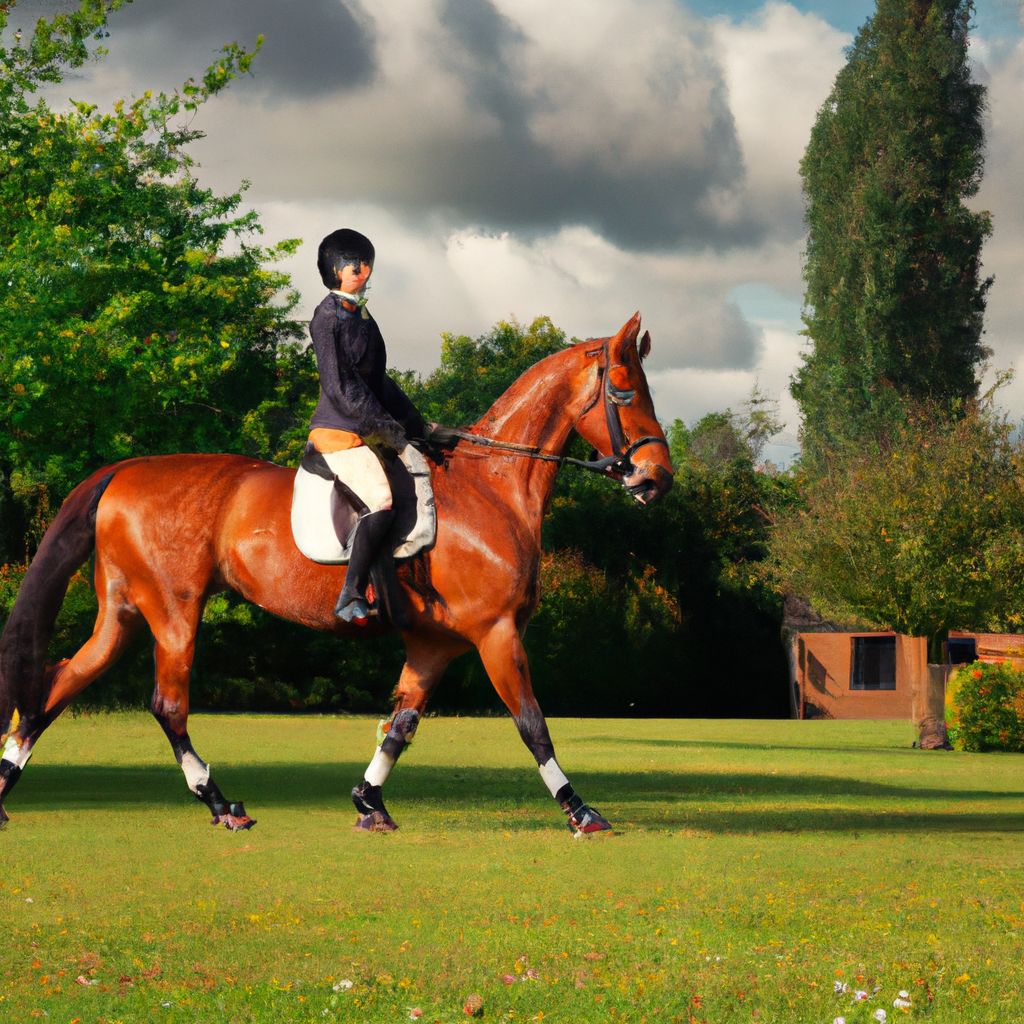
English riding is a timeless style that originated from European military traditions, particularly those of classical Greece. Over time, English riding evolved and branched out into various disciplines, each unique in its own right.
The most notable English riding styles are Dressage, Eventing, and Show Jumping. Dressage is often likened to ballet on horseback, emphasizing grace, precision, and harmony between horse and rider. Eventing, also known as horse trials, combines dressage, cross-country, and show jumping, testing the horse and rider's versatility and endurance. Show Jumping, on the other hand, demands agility, speed, and power, as riders guide their horses over a course of jumps.
In English riding, the equipment used is designed for close contact and minimal interference with the horse. The English saddle is lighter than its western counterpart, lacks a horn, and is designed for freedom of movement. The bridle typically includes a noseband, which aids in controlling the horse. Riders also wear a helmet, breeches, and tall boots.
Mastering English riding requires a deep understanding of horsemanship, a solid sense of balance, and a keen eye for precision and timing.
In terms of skills, mastering English riding requires a deep understanding of horsemanship, a solid sense of balance, and a keen eye for precision and timing. Each discipline also necessitates its own set of specialized skills. For instance, dressage riders need to have an exceptional sense of rhythm and timing, eventers must be brave and adaptable, and show jumpers need to be agile and quick-thinking.
Australian Riding Style
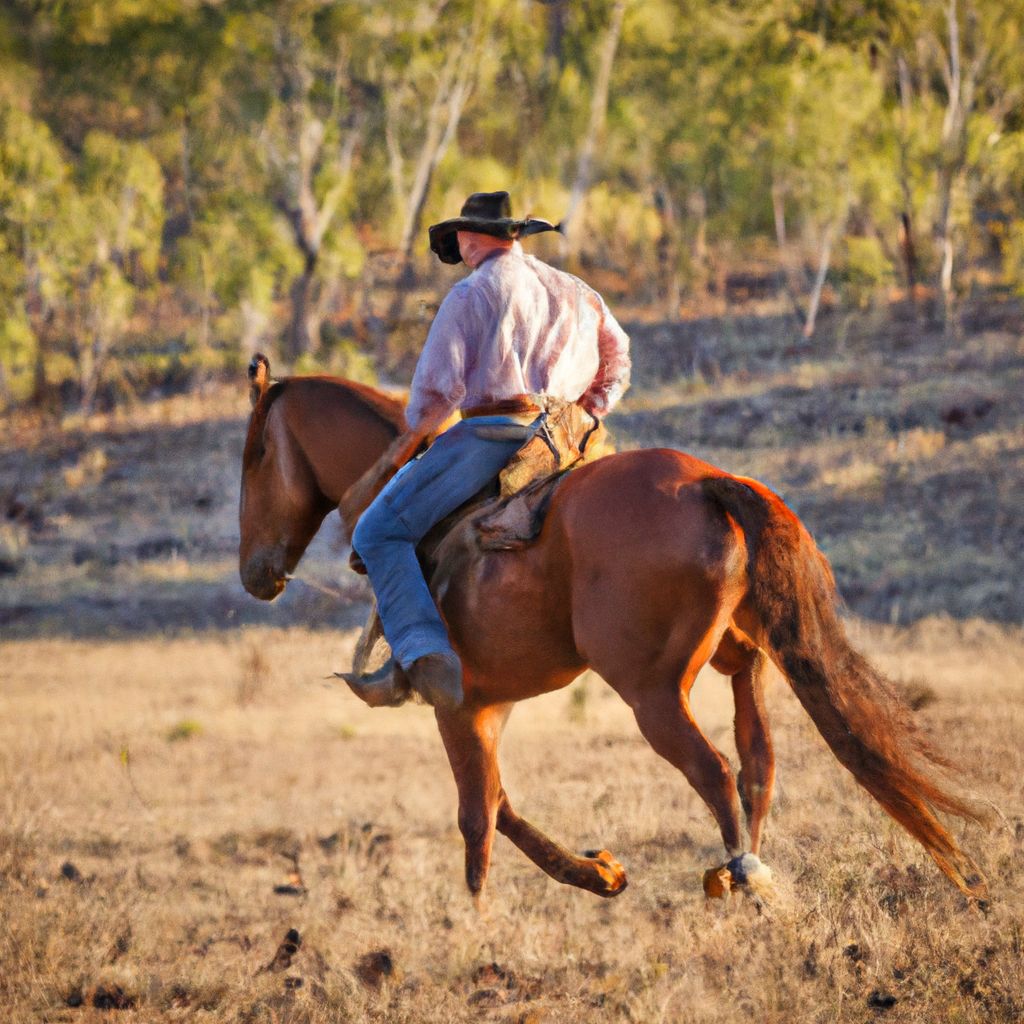
Australian riding style, also known as Australian Stock Horse riding, originated from the need to manage livestock over vast Australian terrains. These horses and their riders had to be hardy, agile, and capable of handling long hours in the saddle across diverse landscapes, from the bush to the outback.
What sets the Australian riding style apart is its emphasis on versatility, endurance, and the horse's natural athletic ability. This style is often associated with campdrafting and polocrosse, two popular equestrian sports in Australia.
For equipment, the Australian riding style uses a specific saddle known as the Australian Stock Saddle. This saddle is a fusion of the English and Western styles, providing the comfort of a western saddle and the close contact feel of an English saddle. The saddle offers a secure seat for long rides and is equipped with a horn for practical tasks.
Other equipment includes an Australian bridle, which is similar to an English bridle but often includes a throatlatch for added security. Riders typically wear a protective helmet, boots, and often a stockman's coat.
Mastering the Australian riding style requires adaptability, endurance, and a keen understanding of the horse's natural movements.
Mastering the Australian riding style requires adaptability, endurance, and a keen understanding of the horse's natural movements. Riders also need a good sense of balance and timing, particularly in sports like campdrafting, where quick turns and speed are essential.
Choosing the Right Style for You
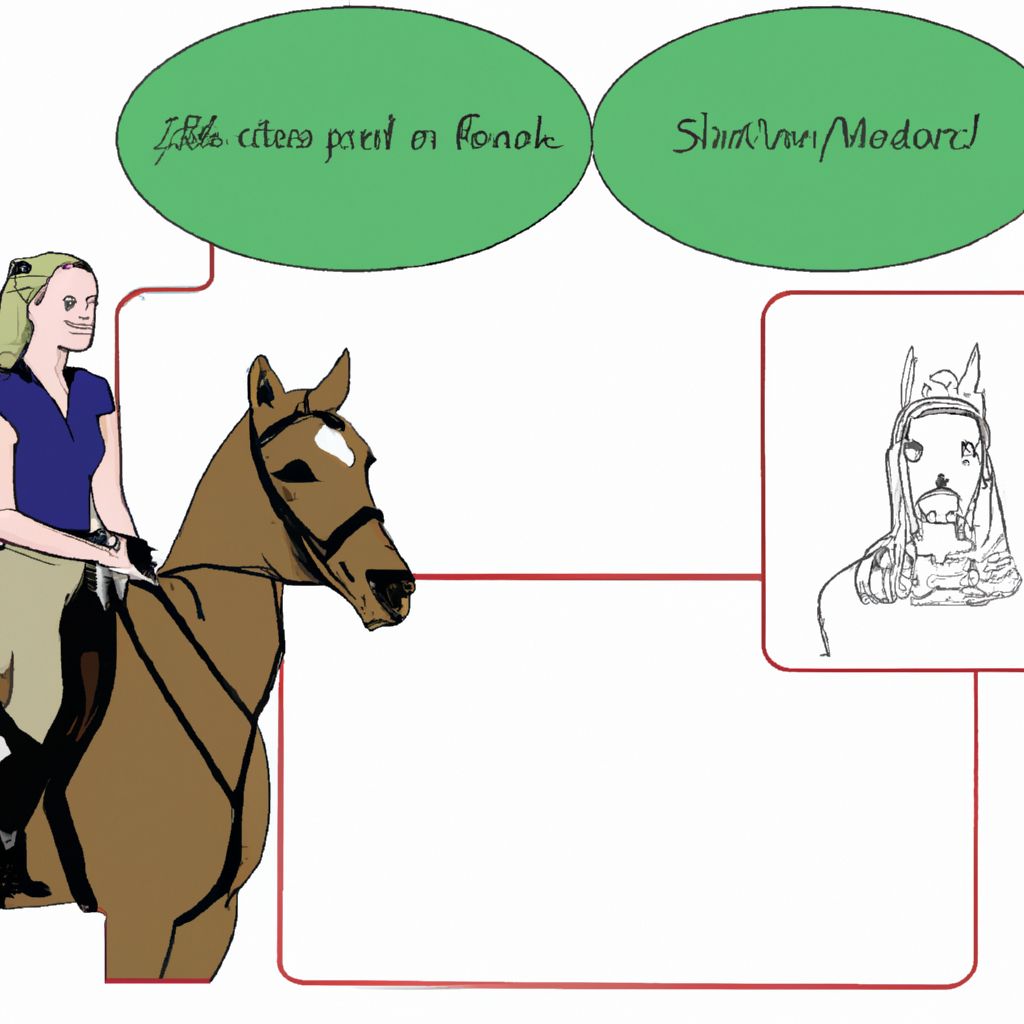
Choosing the right horse riding style is a personal decision that largely depends on your goals, skills, and preferences. The style you choose will shape your riding journey, so it's essential to make an informed choice.
One of the first factors to consider is your riding goal. If you're drawn to the world of competitive equestrian sports, then an English riding style like dressage, eventing, or show jumping may suit you. If you're more interested in leisure riding, trail riding, or ranch work, then the Western or Australian style might be a better fit.
Your physical fitness and agility also play a role in choosing a style. Certain styles, like show jumping or eventing, require a high level of physical fitness, agility, and fearlessness. On the other hand, styles like dressage and Western riding focus more on precision, control, and harmony with the horse.
Consider your personal preference for equipment and aesthetics of each style.
Also, consider your personal preference for equipment and aesthetics of each style. You might prefer the minimalist and close-contact design of English tack, the comfort and durability of Western gear, or the versatile Australian equipment.
Finally, think about the type of horse you'd like to ride. Different horse breeds excel in different riding styles, so this could also influence your decision.
Remember, there's no right or wrong choice when it comes to selecting a horse riding style. It's about finding the style that brings you joy, satisfaction, and a sense of connection with your horse. As your skills and interests evolve, you might even find yourself exploring multiple styles.
Safety Tips for Different Riding Styles
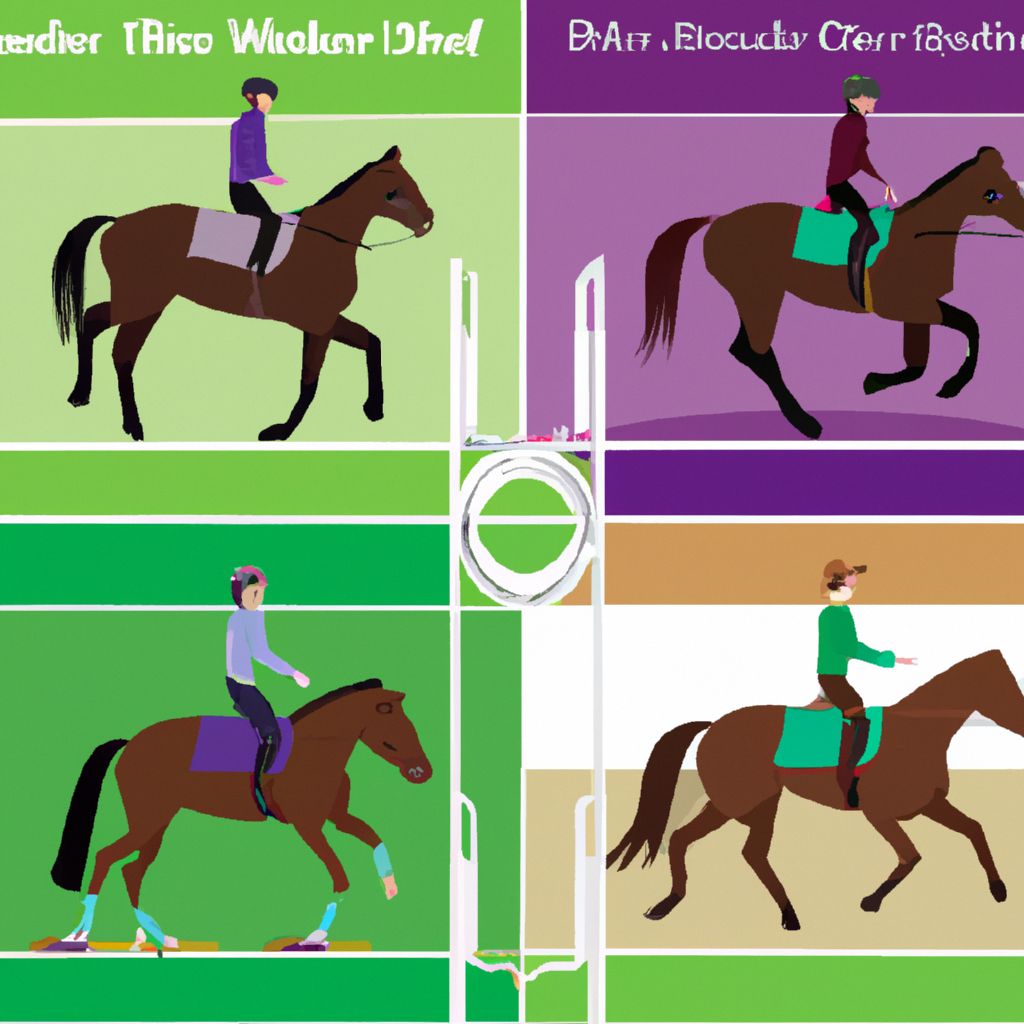
No matter the horse riding style you choose, safety should always be your topmost priority. Here are some safety tips specific to each style:
- Western Riding
- Ensure the saddle is the right size and securely fastened. Always check the cinch before mounting. Since Western riding often involves quick, unexpected movements, riders should always be alert and prepared.
- English Riding
- English riders should always wear a protective helmet and boots with a heel to prevent the foot from sliding through the stirrup. It's essential to maintain a balanced seat and strong core to handle the horse's movements in various English disciplines.
- Australian Riding
- Given the long hours often spent in the saddle with Australian riding, comfort is crucial. Ensure your saddle fits both you and your horse well. The rigors of Australian terrains also call for sturdy, protective footwear.
Apart from these specific precautions, there are some general safety tips that apply to all styles:
- Training: Regardless of the style, proper riding instruction is vital. A good trainer can teach you the correct techniques, help you understand horse behavior, and guide you on safety protocols.
- Equipment: Always use high-quality, well-maintained equipment. Regularly check your gear for any signs of wear and tear.
- Understanding your horse: Every horse is unique. Spend time with your horse to understand its behavior, signals, and temperament. This understanding can help prevent accidents.
- Warming up: Just like humans, horses need to warm up before exercise. A good warm-up can prevent injuries.
Remember, safety is a continuous process and not a one-time task. Always be aware of your surroundings, take your time to learn, and most importantly, listen to your horse.
Conclusion
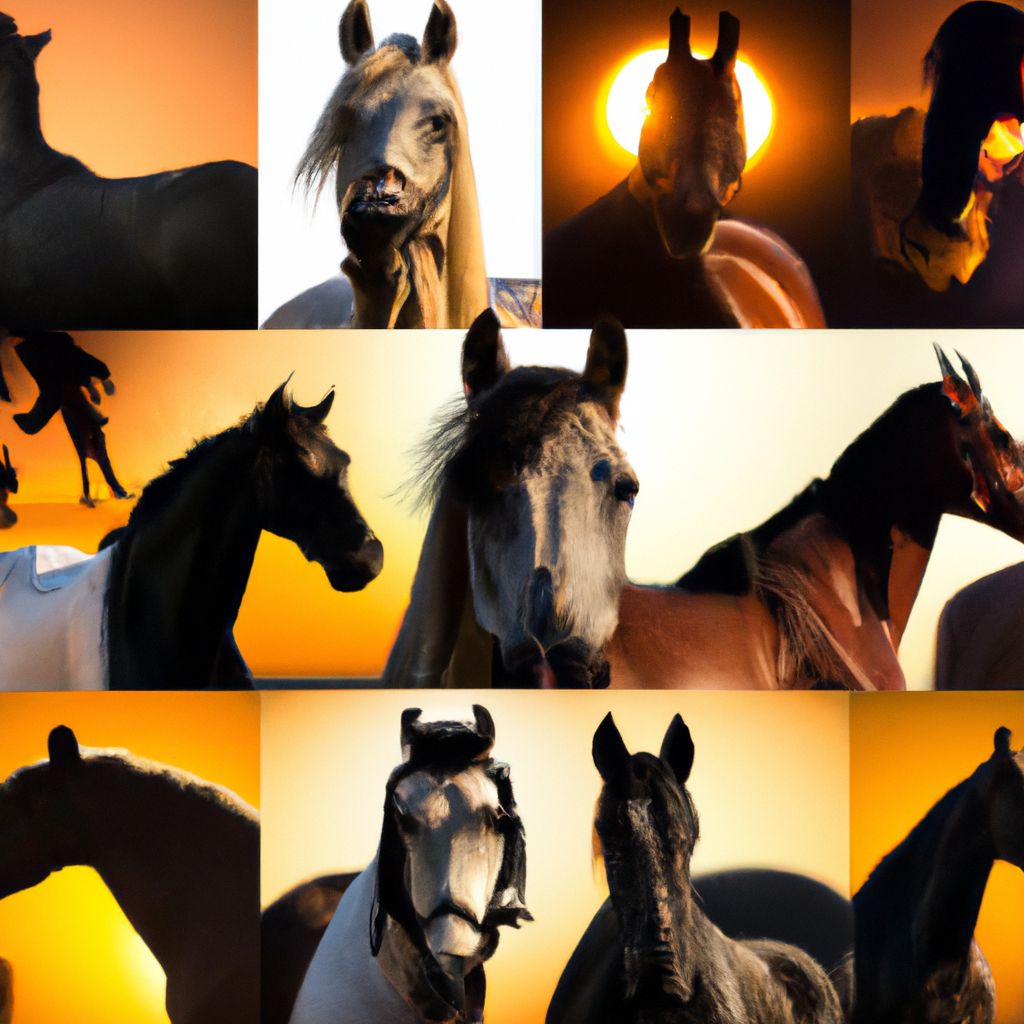
In this blog post, we've explored several horse riding styles, each with its own history, characteristics, equipment, and skill requirements. From the utility-focused Western style to the classical English style and the versatile Australian style, the world of horse riding offers something for everyone.
We've also discussed how to choose the right style based on your goals, skills, and preferences, and emphasized the importance of safety in every style. Remember, the best riding style is the one that brings you joy, enhances your skills, and deepens your connection with your horse.
So, why wait? Start exploring these styles, try them out, and embark on your unique equestrian journey. As you grow and evolve as a rider, you might even find yourself mastering more than one style. Happy riding!


